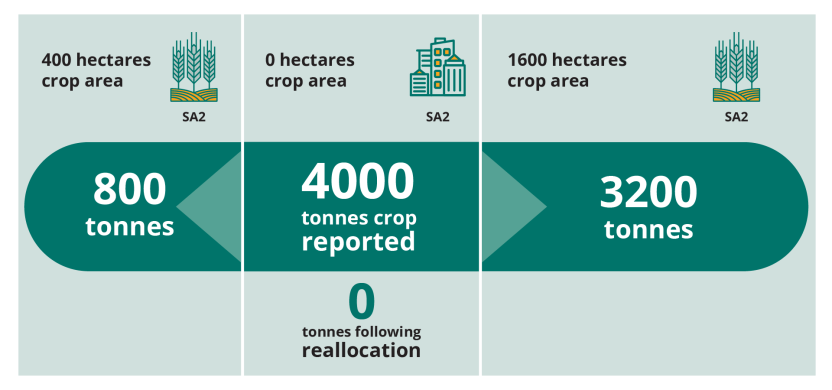The Australian Bureau of Statistics (ABS) is modernising the way official agricultural statistics are produced to better support Australian agriculture. These changes were outlined in early 2023 in Modernising ABS Agriculture Statistics which explained why the ABS is modernising its Agriculture Statistics Program and the guiding principles being followed.
A key part of the modernisation has been the development of partnerships with industry and government to identify new data sources and develop new statistical methods. This has reduced respondent burden on farmers, and created greater consistency between existing data sources which helps to build trust in the statistics.
The broadacre crop statistics have been developed in partnership with the Grains statistics working group which is led by the Grains Research and Development Corporation and includes a mix of industry and government experts.
The methods presented below have been refined with input from this group to produce broadacre crop statistics on the production and local value of broadacre crops sold through the levy system, the area of crops grown, and the number of businesses paying levies on broadacre crops.
